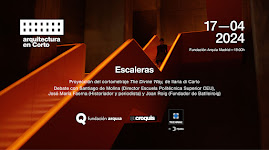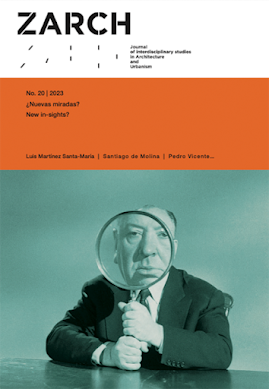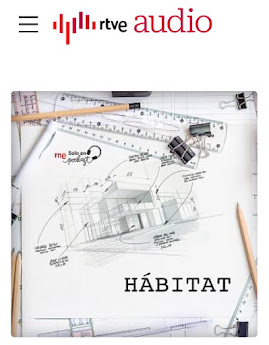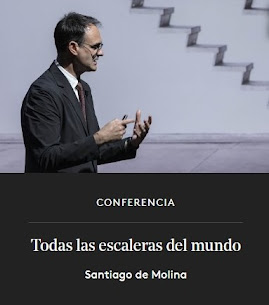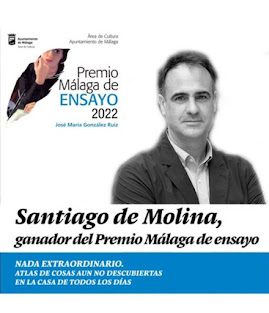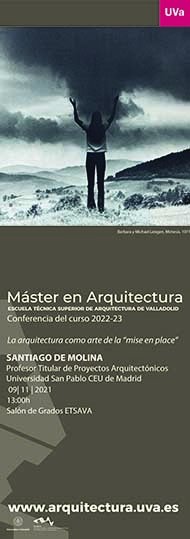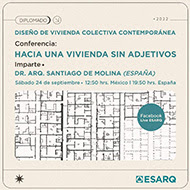La piedra pesa, es estable, posee inercia y tiene tamaños de lo más variado, lo que permite hacer de ella un sistema flexible de construcción a pesar de la rigidez de sus piezas de modo individual. Es decir, mejor que con piedra, ni los tres cerditos supieron construir. La piedra y nuestro amor hacia ella nos ha hermanado tan firmemente a su esencia que hasta hemos dado en llamar Paleolítico al mejor momento del ser humano en relación al mundo (en términos de ecología al menos).
Somos humanos gracias a la piedra y nos relacionamos con ella desde hace más de dos millones y medio de años como si fuera parte de nuestro ADN. O precisamente por nuestra relación con la piedra, quizás sea nuestro ADN como es. La hemos empleado de modos sutiles, o burdos, haciendo de ella algo significante. Nos hemos alimentado gracias a la piedra, hemos convertido sus esquirlas en cuchillos afilados o puntas de flecha y hemos erigido con ellas túmulos, muros y ciudades enteras. Civilizaciones sin fin confiaron en la piedra como material para cubrir, cerrar, proteger, recordar y limitar su espacio. Hasta nos las hemos lanzado entre nosotros de modo fratricida.
La piedra nos ha moldeado como seres vivos tanto más que nosotros a ella. No hay otro animal que deba tanto a un material para ser quien es hoy (salvo el gusano y su relación con la tierra). Por mucho que hoy parezca que la época de los metales nos ha llevado más lejos, somos hijos de la piedra y como tal, la arquitectura debiera honrar su memoria cada vez que se emplea, sea en un modesto adoquín o en el invisible canto rodado que forma parte de cada muro de hormigón.
The stone weighs, it is stable, it possesses inertia, and comes in various sizes, allowing it to become a flexible construction system despite the rigidity of its individual pieces. In other words, even the three little pigs couldn't build better than with stone. Our deep love for the stone has bound us closely to its essence, to the extent that we've even dubbed the Paleolithic era as the pinnacle of humanity's relationship with the world (in terms of ecology at least).
We owe our humanity to the stone, having been inextricably linked to it for over two and a half million years, as if it were part of our DNA. Or perhaps, it's precisely because of our relationship with the stone that it forms an integral part of our DNA. We have employed it in subtle or crude ways, turning it into something significant. We have fed ourselves thanks to the stone, transformed its shards into sharp knives or arrowheads, and built mounds, walls, and entire cities with it. Countless civilizations trusted in the stone as the material to cover, enclose, protect, remember, and define their spaces. We have even hurled stones at each other in acts of fratricide.
The stone has shaped us as living beings far more than we have shaped it. No other animal owes so much to a material for becoming who they are today (except for the worm and its relationship with the earth). Despite the notion that the age of metals has taken us further, we are children of the stone. As such, every time architecture employs it, whether in a humble cobblestone or an invisible pebble embedded within a concrete wall, it should honor its memory.


































